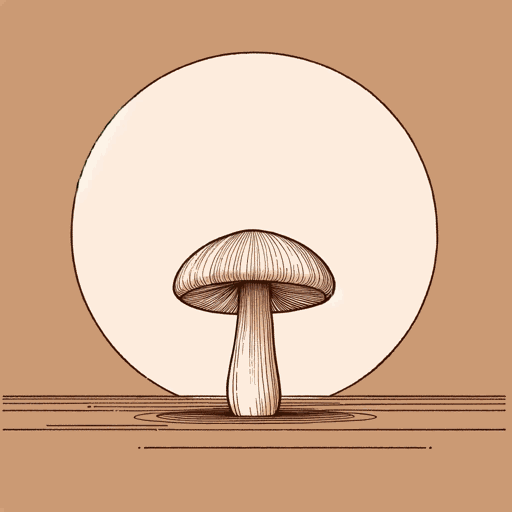75 pages • 2 hours read
Anna Lowenhaupt TsingThe Mushroom at the End of the World
Nonfiction | Book | Adult | Published in 2015A modern alternative to SparkNotes and CliffsNotes, SuperSummary offers high-quality Study Guides with detailed chapter summaries and analysis of major themes, characters, and more.
Before You Read
Summary
Preface
Prologue
Part 1, Introduction
Part 1, Chapters 1-3
Part 1, Interlude 1.1
Part 2, Introduction
Part 2, Chapters 4-7
Part 2, Interlude 2.2
Part 2, Chapters 8-10
Part 2, Interlude 2.3
Part 3, Introduction
Part 3, Chapters 11-13
Part 3, Chapters 14-15
Part 3, Chapters 16-17
Part 3, Interlude 3.3
Part 4, Introduction
Part 4, Chapters 18-19
Part 4, Chapter 20 and Conclusion
Key Figures
Themes
Index of Terms
Important Quotes
Essay Topics
Part 1, Interlude 1.1Chapter Summaries & Analyses
Part 1, Interlude 1.1 Summary and Analysis: “Smelling”
Tsing opens by reflecting on how mushroom hunting depends on smell and that some species are repulsed by the smell of matsutake. She reflects that smell is hard to describe but is always a “response” and a moment of “encounter” (45), whose consequences and meanings are not always readily apparent. To explore the problem of describing such events, she alludes to the work of composer John Cage, whose composition series, “Indeterminacy” also involves mushroom hunting (46). This quality sharply distinguishes mushrooms from humans—they can change shape throughout their life cycle, in response to the environment. Humans can do this on a day-to-day basis, by making choices, and undergo “transformations through encounter” (47). Where part of Tsing’s project is to question what seems obvious, such as the importance of progress and the value of straightforward narratives, she also finds connections that are meant to unsettle. She attempts to complicate the idea that humans are the pinnacle of the natural world.
Tsing recalls that her first attempt to cook matsutake was unsuccessful, and a Japanese friend had to show her the proper method. Over time, she came to find “joy” in the scent (48). This positive association with the scent is common in Japan, and an artificial mushroom scent is even available for purchase.

